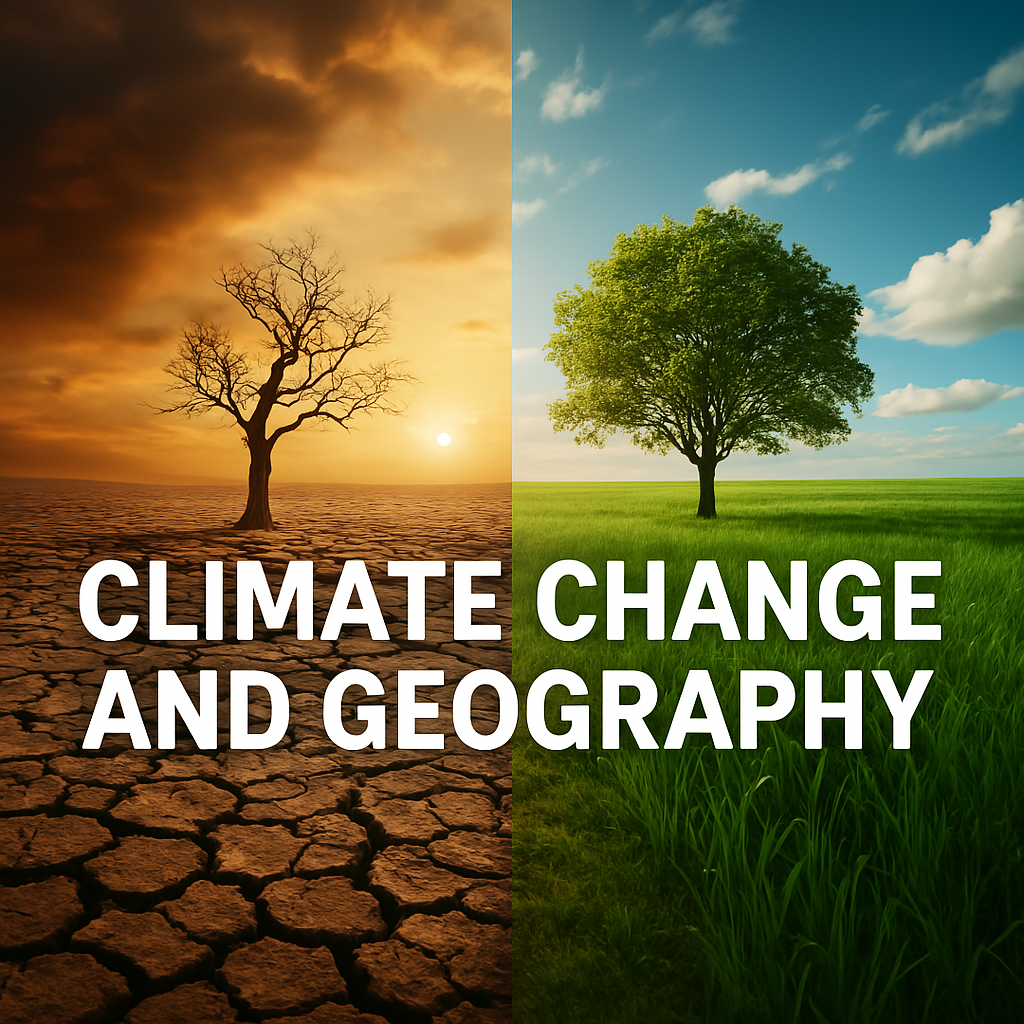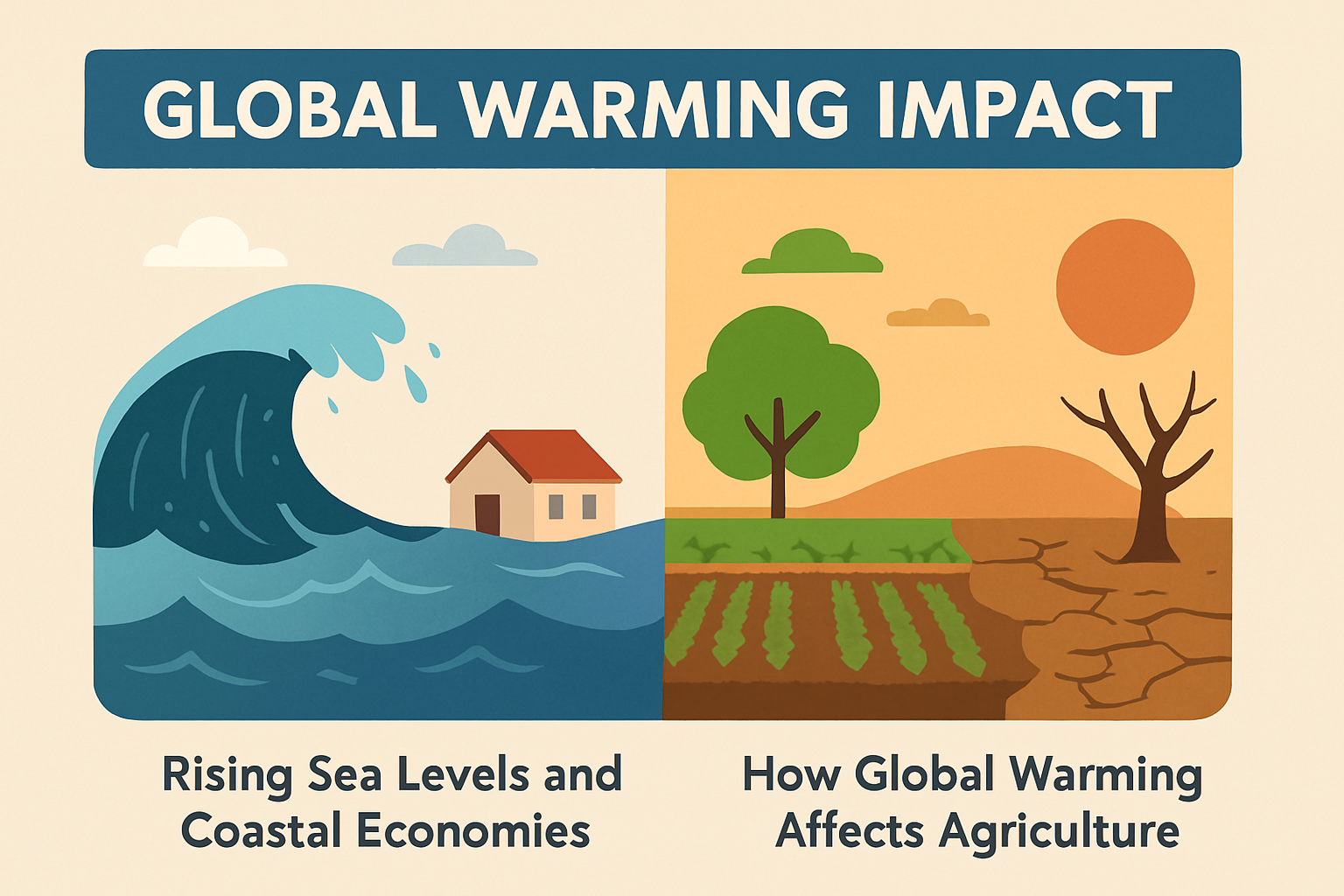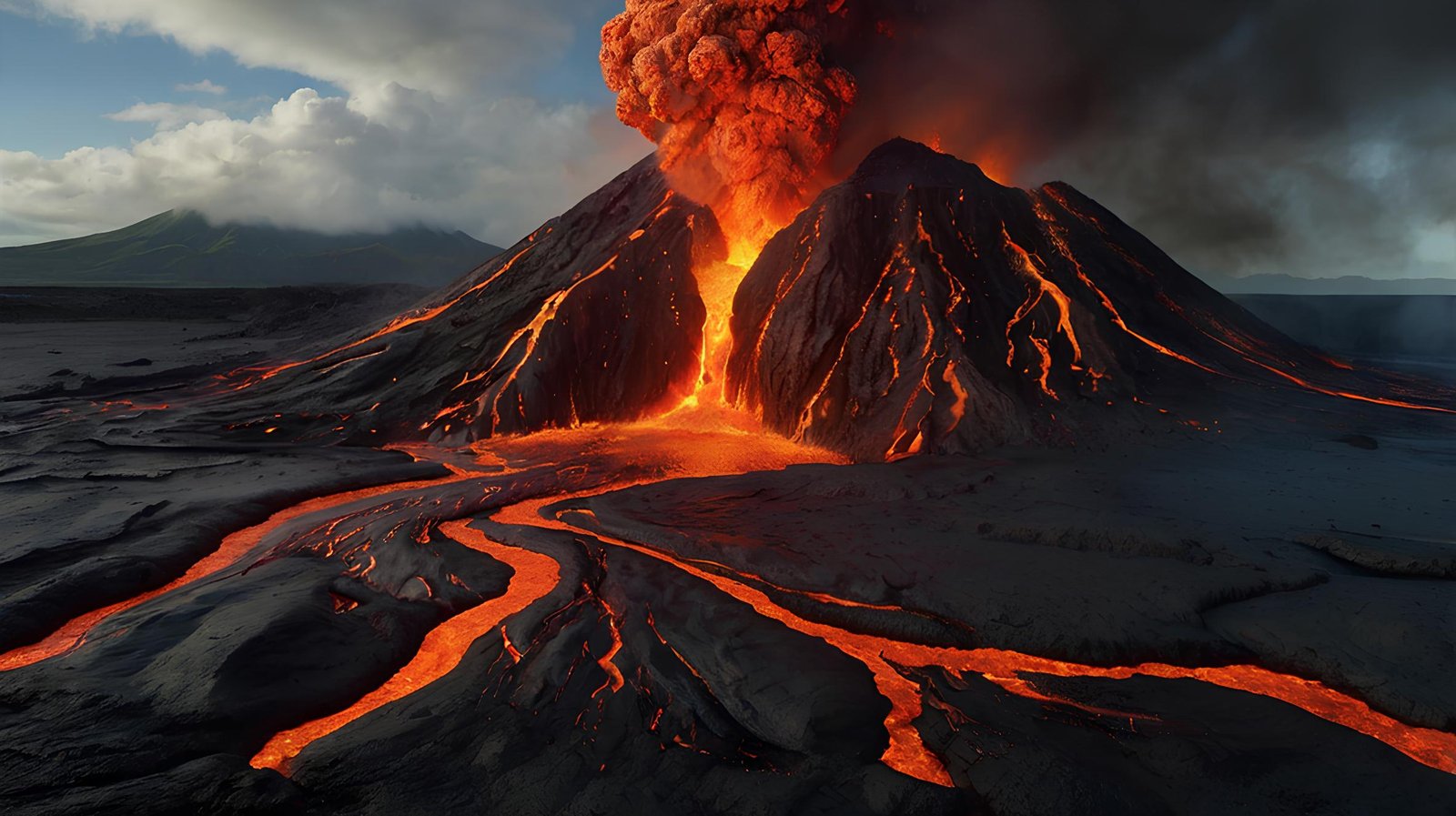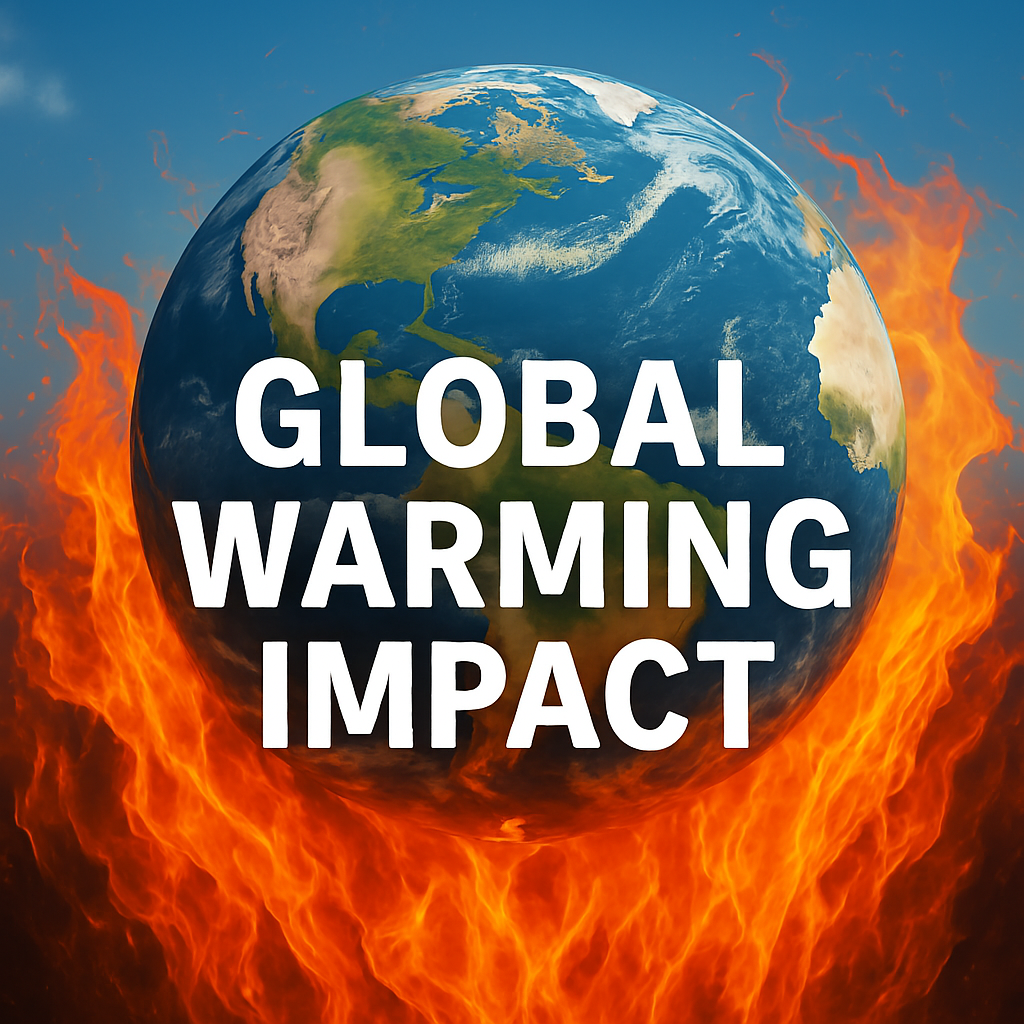– Global Warming Impact: Discover how global warming is reshaping Earth’s geography and devastating local economies, from rising sea levels to agricultural losses
Introduction about Global Warming Impact
Global warming is more than just a change in climate. It is a profound shift that is altering the very geography of our planet and having far-reaching consequences for local economies worldwide. From the rapid melting of glaciers to the rising of sea levels, the impact of global warming is undeniable. In this article, we will explore how global warming is reshaping Earth’s geographical features and how these changes are, in turn, affecting local economies—from agricultural losses to the displacement of entire communities. Understanding the global warming impact on our geography and economies is crucial if we want to mitigate its effects and safeguard our future.
Global warming’s consequences stretch across continents and ecosystems, threatening our natural resources, human livelihoods, and economic stability. As the Earth’s temperature rises, glaciers and ice caps are melting at unprecedented rates, causing sea levels to rise. Coastal areas, which are home to millions of people and are crucial to global trade, are particularly vulnerable. The alteration of coastlines, the erosion of beaches, and the inundation of low-lying islands are becoming commonplace, with countries like the Maldives and parts of Bangladesh facing the threat of disappearing altogether. As discussed in our recent Hands Off Protest 2025 article, climate change is already influencing social and political movements, further highlighting the urgency of addressing global warming.

1. Global Warming Impact on Geography
The global warming impact on geography is profound. One of the most visible signs of this change is the loss of ice in the polar regions. Glaciers in the Arctic and Antarctic are melting at an alarming rate, contributing to rising sea levels. This shift in Earth’s geographical features is not just a concern for scientists—it’s a reality for people living in coastal cities. The alteration of coastlines, the erosion of beaches, and the inundation of low-lying islands are becoming commonplace, with countries like the Maldives and parts of Bangladesh facing the threat of disappearing altogether.
The melting of glaciers is also causing a rise in ocean temperatures, which affects marine ecosystems and disrupts the food chain. Areas that were once covered in ice are now exposed, which could lead to the creation of new shipping routes, as seen in the Arctic, but this comes with its own set of challenges. The global warming impact on geography doesn’t just reshape the planet—it affects how humans interact with the Earth’s resources, from agriculture to trade routes.
2. Climate Change and Geography: Changing Landscapes and Communities
As global temperatures continue to rise, the landscape of our planet is shifting. Climate change and geography are intrinsically linked, with warmer temperatures leading to the transformation of geographical regions. In some areas, warmer temperatures are creating new desert landscapes, such as in parts of Africa, where the Sahara is expanding. In other regions, particularly in mountainous areas, the rise in temperature is causing glaciers to shrink and landscapes to change entirely.
For communities living in these regions, the change is not just geographical; it’s economic. As glaciers retreat, water sources that were once reliable are disappearing, affecting farming and industry. In places like the Andes in South America and the Himalayas in Asia, the shrinking of glaciers means less water for irrigation and drinking, threatening local economies and food security. Local communities are increasingly forced to adapt, often by migrating to other areas, but such moves come with their own set of challenges. This issue of migration, connected to climate change, resonates deeply with the social dynamics discussed in our Cold War 2.0 article.
3. Economic Effects of Global Warming on Local Economies
The economic effects of global warming are widespread and devastating. As the planet heats up, natural disasters are becoming more frequent and intense, impacting local economies. In coastal areas, the rising sea levels are eroding valuable land, leading to the displacement of entire populations. The economic toll on industries like tourism, agriculture, and fishing is significant. For example, in regions where coastal flooding is common, tourism has seen a decline as popular beaches and landmarks are submerged.
Moreover, agriculture is one of the hardest-hit sectors. Extreme weather patterns, including droughts and floods, have become more frequent, affecting crop yields and livestock. In the United States, California’s ongoing drought is costing billions of dollars, while in India, unpredictable monsoon rains are threatening the rice and wheat harvests that many local economies rely on. The economic effects of global warming are not confined to specific regions—they’re felt globally, as trade networks become disrupted, and people lose their livelihoods. To explore further on how economic systems work during crises, you can check out our article on Inflation vs Deflation Explained.
4. Rising Sea Levels and Coastal Economies
Because of the Global Warming Impact Rising sea levels are one of the most direct and devastating consequences of global warming. Rising Sea Level and Coastal economies, which rely heavily on industries like fishing, tourism, and trade, are particularly vulnerable to these changes. Cities like New York, Miami, and Tokyo are all facing the threat of rising seas, which could displace millions of people and lead to massive economic losses. The global warming impact on coastal economies is immense, as these areas are home to the bulk of the world’s population and wealth.
For countries like the Maldives, where the highest point is only a few feet above sea level, the situation is even more dire. Entire islands are at risk of sinking beneath the waves, leading to the potential loss of culture, heritage, and economic infrastructure. Coastal erosion, caused by rising sea levels, is also threatening valuable agricultural land, forcing farmers to abandon crops and find new areas to grow their food.

5. How Global Warming Affects Agriculture
Because of the Climate Change and Geography How global warming affects agriculture is an urgent question that many regions around the world are grappling with. The changing climate, characterized by extreme weather events, is wreaking havoc on traditional farming methods. In countries like India, which depend heavily on the monsoon rains for crops like rice and wheat, unpredictable weather patterns are causing crop failures, which lead to food shortages and higher prices. Similarly, in the United States, the West is experiencing extreme droughts, which are affecting the agricultural production of crops like almonds, wheat, and corn.
The economic effects of these agricultural losses are far-reaching, as food security becomes a pressing issue. Farmers are forced to adapt by changing their crop patterns, using more water, and increasing reliance on artificial fertilizers. However, these changes often come with higher costs and environmental consequences. Moreover, as agriculture is one of the largest sectors in many developing countries, the economic impact is devastating, leading to higher poverty rates and political instability in some areas.
📰 Don’t let your knowledge stay outdated.
Bookmark The Nation Light and join the educational & Knowledge revolution!
 Quantum Computing (QC): 10 Game-Changing Impacts on AI & Cybersecurity You Can’t Ignore! – THE NATION LIGHT
Quantum Computing (QC): 10 Game-Changing Impacts on AI & Cybersecurity You Can’t Ignore! – THE NATION LIGHT 7 Powerful How Volcanic Eruptions Shape the Earth’s Landforms – THE NATION LIGHT
7 Powerful How Volcanic Eruptions Shape the Earth’s Landforms – THE NATION LIGHT 10 Powerful Daily Habits for Mental Health: Reduce Stress & Boost Happiness Instantly! – THE NATION LIGHT
10 Powerful Daily Habits for Mental Health: Reduce Stress & Boost Happiness Instantly! – THE NATION LIGHT How Elections Shape a Nation 100% Powerful of their Future – A Must-Read for Every Voter!
How Elections Shape a Nation 100% Powerful of their Future – A Must-Read for Every Voter! 12 Zodiac Sign & Astrology Personality Traits Revealed: The Shocking Truth About Astrology and Personality!
12 Zodiac Sign & Astrology Personality Traits Revealed: The Shocking Truth About Astrology and Personality!
FAQs About Global Warming Affects
1. What is the global warming impact on geography?
Global warming is causing glaciers to melt, leading to rising sea levels and significant changes in geography. Coastal areas are being submerged, and ecosystems are disrupted, leading to the displacement of both humans and wildlife.
2. How does climate change affect geography?
Climate change is altering Earth’s geography by causing deserts to expand and ice caps to melt. This shift is changing ecosystems, water supplies, and land availability, creating challenges for agriculture and infrastructure.
3. What are the economic effects of global warming?
The economic effects of global warming include damage to agriculture, rising costs of natural disasters, and the loss of coastal land. Industries like tourism, fishing, and agriculture are particularly vulnerable, leading to increased poverty and economic instability.
4. How are rising sea levels affecting coastal economies?
Rising sea levels are causing flooding, erosion, and submersion of coastal areas. This leads to the displacement of populations, loss of valuable land, and disruption of industries like fishing and tourism, severely affecting local economies.
5. What is the effect of global warming on agriculture?
Global warming leads to unpredictable weather patterns, including droughts and floods, which negatively impact agricultural yields. This causes food shortages, economic losses for farmers, and higher food prices globally.
Conclusion
In conclusion, global warming is reshaping our world in ways we never imagined, from geographical changes to economic upheaval. The rising sea levels, melting glaciers, and unpredictable weather patterns are all contributing to the alteration of Earth’s geography and affecting local economies.
By understanding how global warming is altering both our environment and economies, we can begin to take the necessary steps to adapt, build resilience, and work toward a more sustainable future.
Global Warming: Key Takeaways
Geographic Transformation
Global warming is drastically altering geography and affecting local economies worldwide.
Coastal Threats
Rising sea levels and melting glaciers are major threats to coastal areas and ecosystems.
Agricultural Crisis
Agriculture is facing unpredictable weather patterns, resulting in crop failures and economic losses.
Coastal Economies
Coastal economies are suffering as tourism and fishing industries are impacted by rising sea levels.
Needs to Do
Immediate action and adaptation are necessary to address the ongoing impacts of global warming.
Credible Sources:
- NASA: NASA provides valuable data on the rate of ice melt and the impact of global warming on the Earth’s geography. Their research helps in understanding the long-term effects of climate change on geography and its direct influence on rising sea levels and melting glaciers.
- The Intergovernmental Panel on Climate Change (IPCC): The IPCC’s reports offer detailed projections on the economic and geographical effects of global warming. Their studies serve as a crucial resource for understanding the global impact of climate change, particularly on agriculture, sea levels, and local economies.
- World Bank: The World Bank’s studies on the economic impact of climate change offer insights into how different regions are affected by agricultural losses, extreme weather patterns, and economic instability due to global warming. They provide practical solutions and strategies to mitigate these impacts.
🔍 Relevancy of All Featured Images
All three featured images have been carefully designed to visually represent the multifaceted impact of Global Warming on Earth’s geographical and economic systems. They collectively highlight how rising temperatures are:
- Redrawing natural landscapes — from melting glaciers to expanding deserts
- Disrupting agriculture, food security, and traditional farming zones
- Causing rising sea levels, threatening coastal economies and habitations
- Leading to uneven regional development, forcing population migration and economic restructuring
- Creating visible before-and-after contrasts in environmental conditions across the globe
These visuals serve as strong contextual aids in helping readers grasp complex climate issues through imagery, making this article both more engaging and educational.
🌍 Is Global Warming Reshaping Your Region Too?
Drop your thoughts in the comments below!
Follow us on social media for more updates:
📢📢 Unlock Your Online Potential with Hostinger!
Struggling with Social Media addiction? To know about The Dark Side of Social Media 👉 Click Here
💻 Turn your screen time into income by creating a money-making website! With Hostinger’s affordable hosting, you can:
- ✅ Build a blog, e-commerce store, or portfolio in minutes
- ✅ Monetize through ads, affiliate marketing, or digital products
- ✅ Enjoy lightning-fast speed & 99.9% uptime
🎁 Exclusive 20% OFF for our readers:
👉 Hostinger Affiliate Link
Why Hostinger?
- ✔ 1-click WordPress install (perfect for beginners!)
- ✔ 24/7 live chat support
- ✔ Free SSL certificate (secure your site)
🌟 Example Success:
Riya, a former Social Media addict, now earns $2000 /month from her self-care blog—built on Hostinger in just 2 days!
Your Turn:
- 1️⃣ Sign up with our link
- 2️⃣ Launch your site (use detox tips as content!)
- 3️⃣ Start earning while helping others break free!
💡 “Your phone is a goldmine—stop scrolling, start selling!”
Affiliate Disclosure: This page contains affiliate links. We may earn a commission at no extra cost to you.

